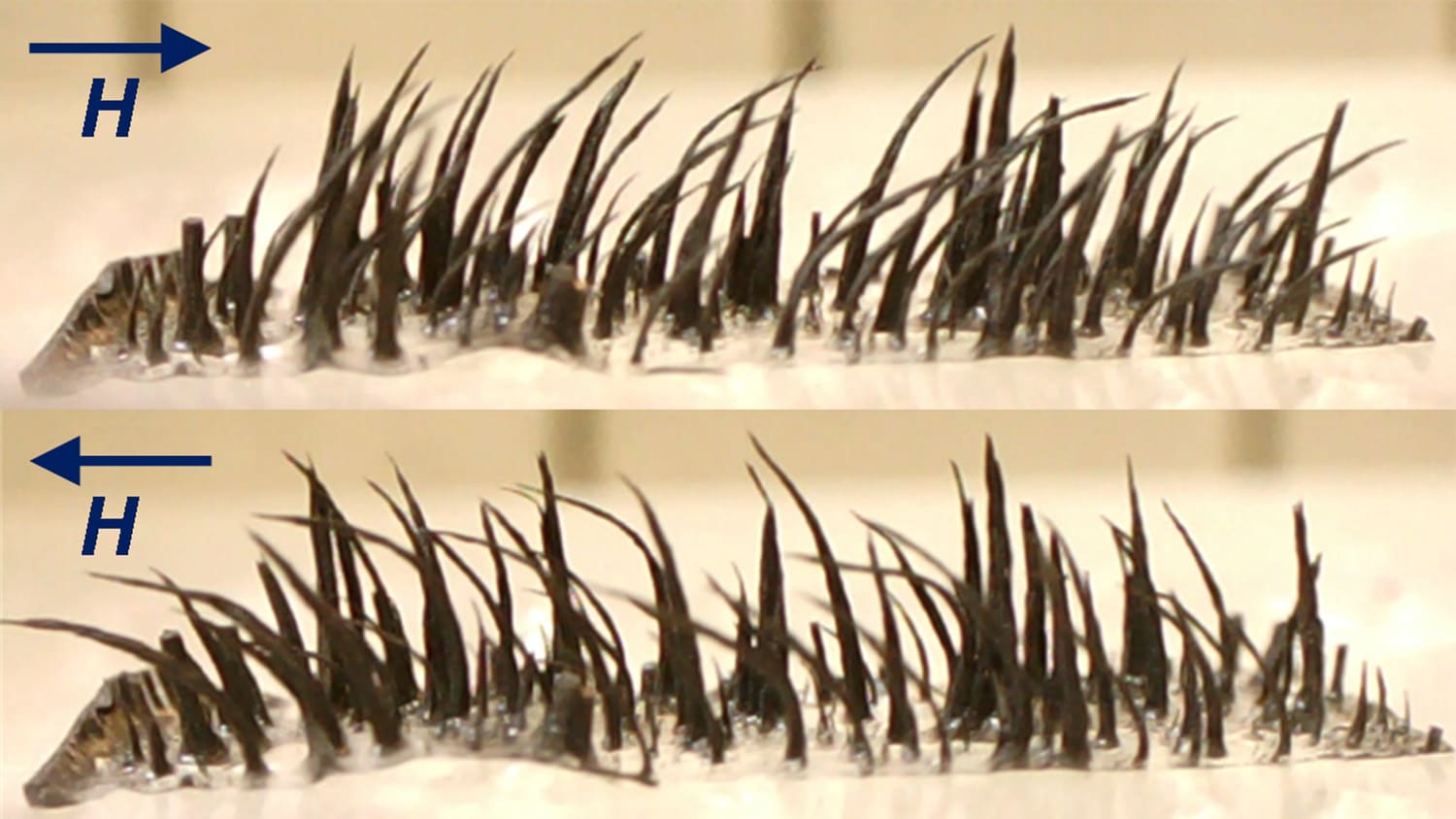New Inhaler System Could Be Breakthrough for Disease Treatment
Two North Carolina State University engineers have developed a new inhaler system that could improve treatments for a host of diseases by targeting drugs onto diseased tissue without affecting healthy areas of the throat and lungs.
The computer-controlled “smart inhaler” could be a breakthrough for patients suffering from lung cancer, asthma, diabetes and other ailments. The prototype device, developed by Dr. Clement Kleinstreuer, a professor in the Department of Mechanical and Aerospace Engineering, and Dr. Stefan Seelecke, an associate professor in the same department, implements a technology that for the first time tightly controls where inhaled drugs end up in the respiratory system.
The device could eventually result in significant advantages for patients because it focuses drug-aerosol delivery to a specific site in the lungs, minimizes side effects and significantly reduces wasted medicine. It could also signal a breakthrough in drug delivery for diseases that are often treated with pills and injections.
“When undergoing chemotherapy for a lung tumor, a patient is treated with a very aggressive drug that attacks healthy tissue as well as cancerous tissue,” Seelecke said. “You need some device that makes sure the inhaled medication goes where you want it to go, and that’s what we hope this device will help us do in the future.”
The smart inhaler works through the use of a nozzle that can be adjusted to change where the drug-aerosol stream goes in the respiratory system. A pressure actuator and valve inside the inhaler modifies a patient’s breathing pattern so that the released medicine goes where it is needed, and nowhere else.
“When a patient comes in for treatment, we can take a CT scan so you know what the exact geometry of their lungs is,” Seelecke said. “Then we’ll be able to determine patient-specifically where you need to adjust the nozzle to release from.”
Kleinstreuer came up with the idea for the system while conducting research for U.S. Environmental Protection Agency officials who asked him to predict how inhaled toxic particles would deposit in the lungs. He took the research a step further by examining therapeutic materials instead of toxic ones and developed simulations that could determine the exact drug-aerosol release position, particle characteristics and inhalation flow rate to deliver the medicine to a specific site or region in the lungs.
Kleinstreuer and Seelecke used that research to develop the inhaler and conducted laboratory tests on the device with the help of Dr. William Roberts, professor of mechanical and aerospace engineering at NC State. Using a model of twisting glass tubes to mimic the airways from the mouth to the upper branches of the lung and a laser to track the path of the particles, Roberts confirmed the findings of Kleinstreuer’s computer simulations by showing that the air particle stream from the nozzle could travel through the bent and branching airways in the lungs to a specific point.
Earlier inhalers could at best distinguish whether diseased tissue was in the upper or lower region of the lung. With those devices, about 80 percent of the drug was deposited in healthy areas that did not require treatment, wasting medicine and potentially causing harmful side effects for the patient.
The researchers, with the help of pulmonary specialists at the School of Medicine at the University of North Carolina at Chapel Hill, hope to begin testing the inhaler with patients in about two years.
-degraff-
- Categories:


